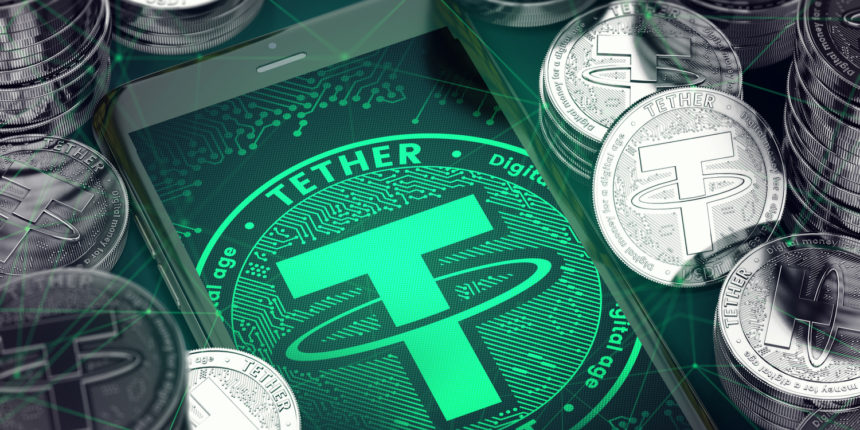Within the past years, wireless technology is considerably changing the healthcare industry. Especially in the last years the progress of using 5G in the healthcare industry brought the industry closer to remotely controlled robot performing surgery. The beginning made a surgeon Team in Barcelona, where doctors succeeded with a remote surgery using 5G. The crucial difference with 5G-powered telementored surgery is the improved resolution of images which is essential for medical teams, in order to take decision and reduce the amount of mistakes to a bare minimum (Mobile world capital Barcelona 2019). Quickly after the team in Barcelona succeeded, Doctors in China were able to perform remote surgery on a Parkinson patient, with a distance of 1,900 miles (Gong 2019).
The advantages of using 5G are astonishing. First and foremost, 5G reduces the latency to an almost instantaneous 2 milliseconds between devices, allowing surgeons to work in a real time pace, with nearly no interruptions. Its faster speed and vast data capacity fundamentally changes the experience of remote surgery. As for the surgery in Spain, the 5G remote connection had a lag time of only 0.01 seconds which is enormous compared to the latency period of 4G that takes 0.27 seconds. So far the latency remained the largest bottleneck of remote surgeries as the delay might have caused fatal consequences for patients. However, with the introduction of 5G and the increase in remote surgery options new benchmarks should be identified (Frost 2019) .
Regardless of the advantages that 5G and telementored surgery could bring, it also raises ethical questions that should be discussed. The most pressing question, which can be retrieved from different robotic related topics is in case of technical issues who bares the responsibility for damages, technical failure and their consequences (Ferrarese et al., 2016)?
The past literature has specifically excluded the surgeons from any legal responsibility for remote surgeries and implied the manufacture of the instruments. However, according to experts, with the increased use of RS, the responsibility should shift also to the patients as they have to consider the threats and flaws of todays technologies. Overall, the question remains – should the future also make surgeons responsible? Or will they even be needed in the modern era of medicine including robotics?
https://www.youtube.com/watch?v=mlYzXkO9XwQ
References:
Ferrarese, A., Pozzi, G., Borghi, F., Marano, A., Delbon, P., Amato, B., Santangelo, M., Buccelli, C., Niola, M., Martino, V. and Capasso, E. (2016). Malfunctions of robotic system in surgery: role and responsibility of surgeon in legal point of view. Open Medicine, 11(1).
Frost, C. (2019). ‘5G is used to perform remote surgery from thousands or miles away, and it could transform the healthcare industry’ Available on https://www.businessinsider.nl/5g-surgery-could-transform-healthcare-industry-2019-8?international=true&r=US[Accessed on 12 October 2019]
Gong (2019). ‘China completes world’s first 5G remote surgery in test on animal’ Available on https://www.scmp.com/video/china/2181656/china-completes-worlds-first-5g-remote-surgery-test-animal [Accessed on 11 October 2019]
Mobile world capital Barcelona. (2019). ‘Barcelona hosts the first 5G tele-mentored surgery’. Available on https://mobileworldcapital.com/press/barcelona-hosts-the-first-5g-tele-mentored-surgery/[Accessed on 11 October 2019]



